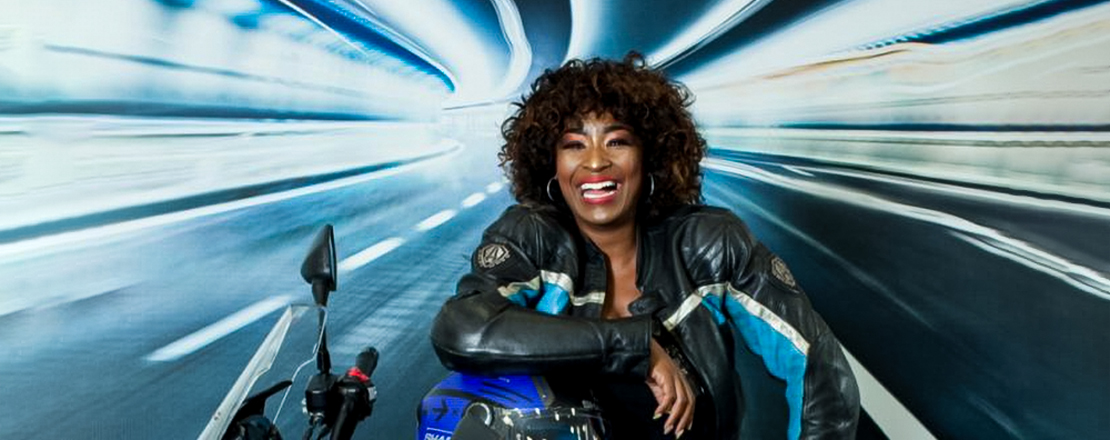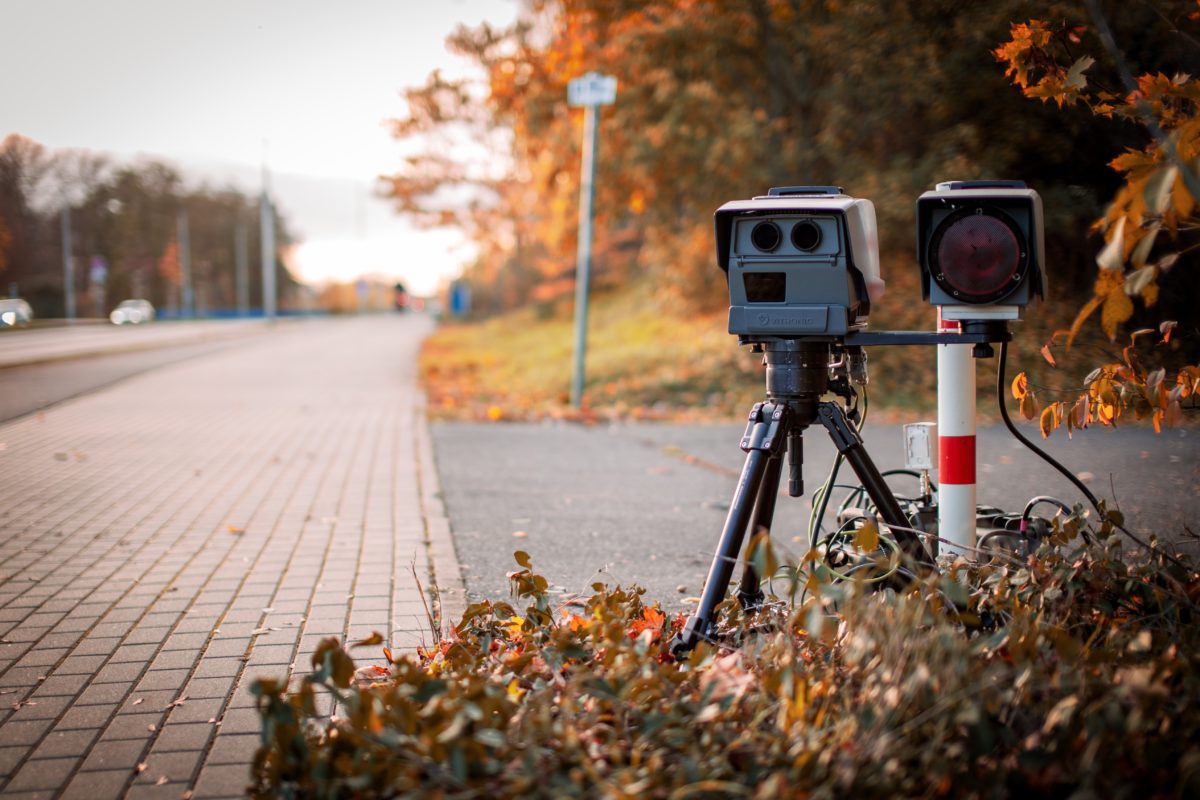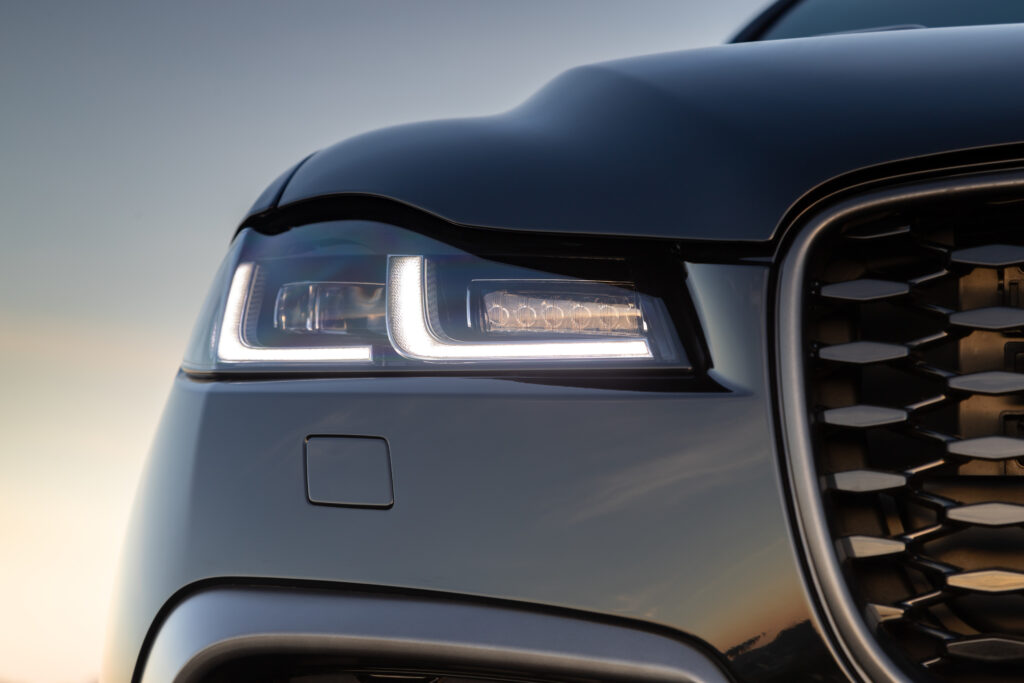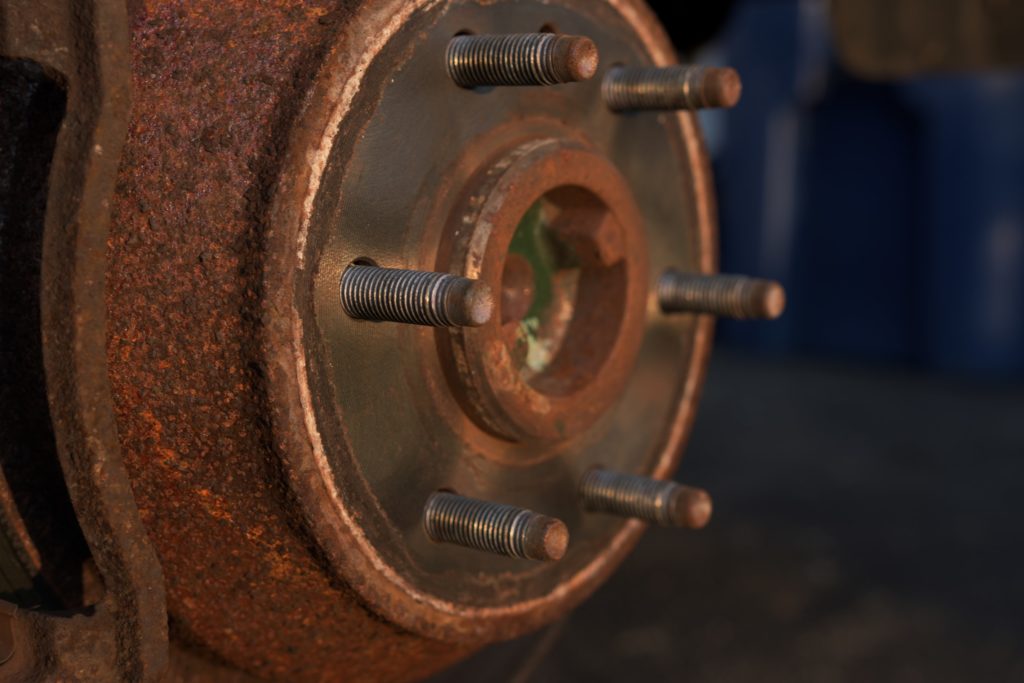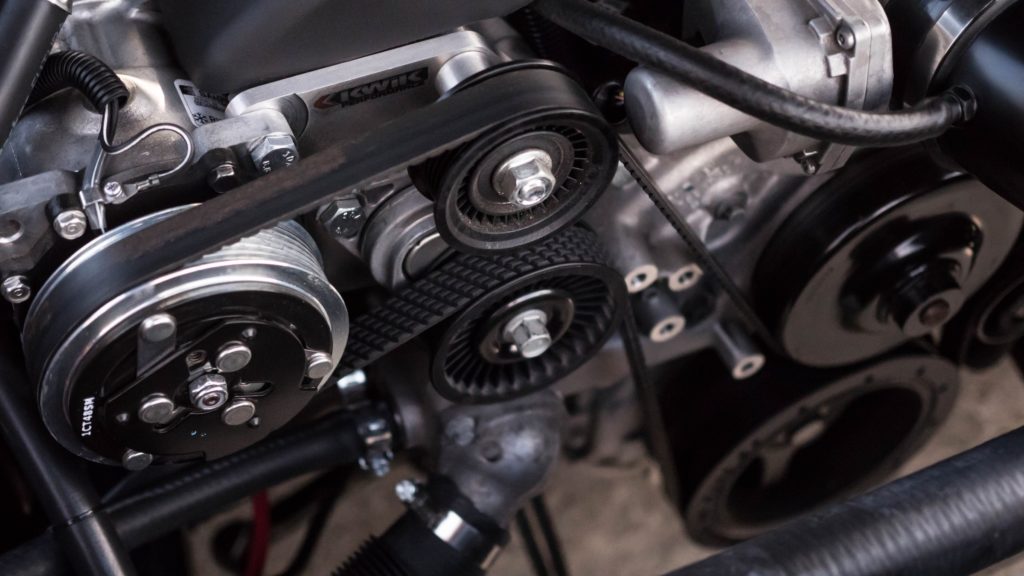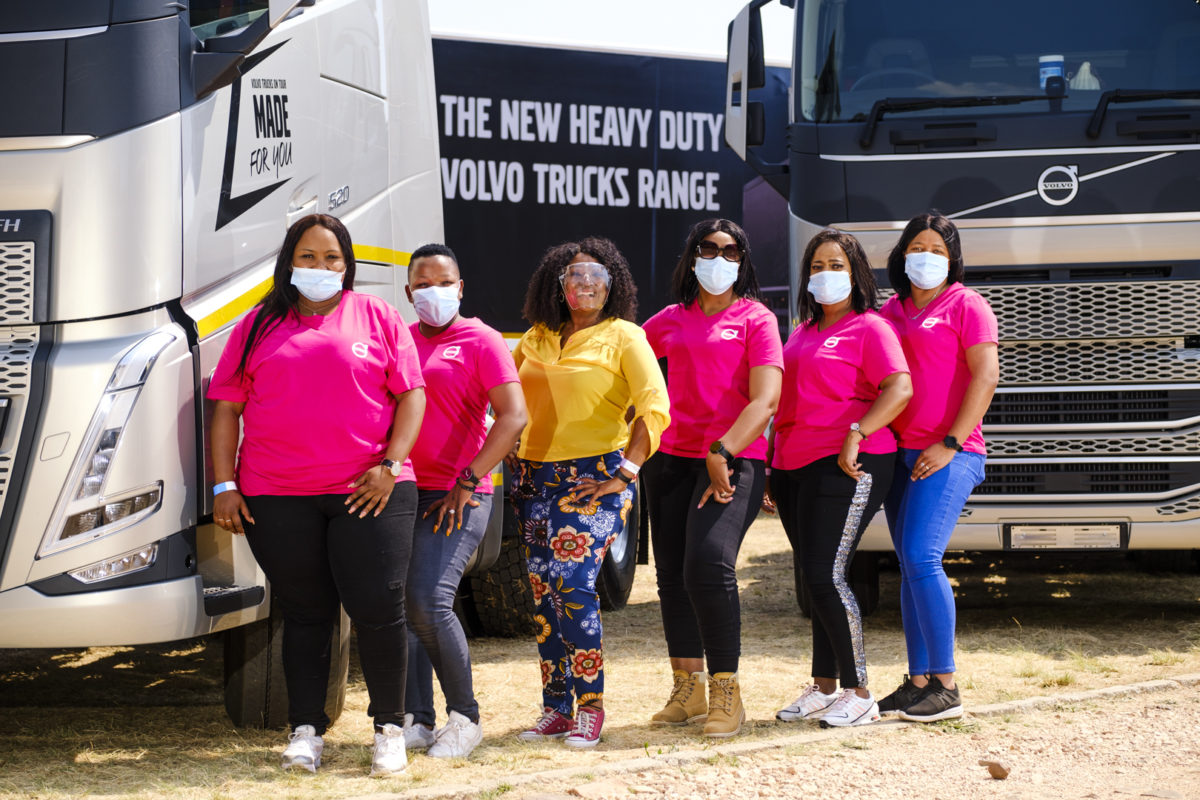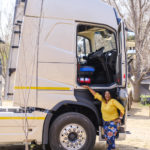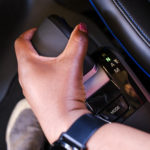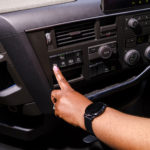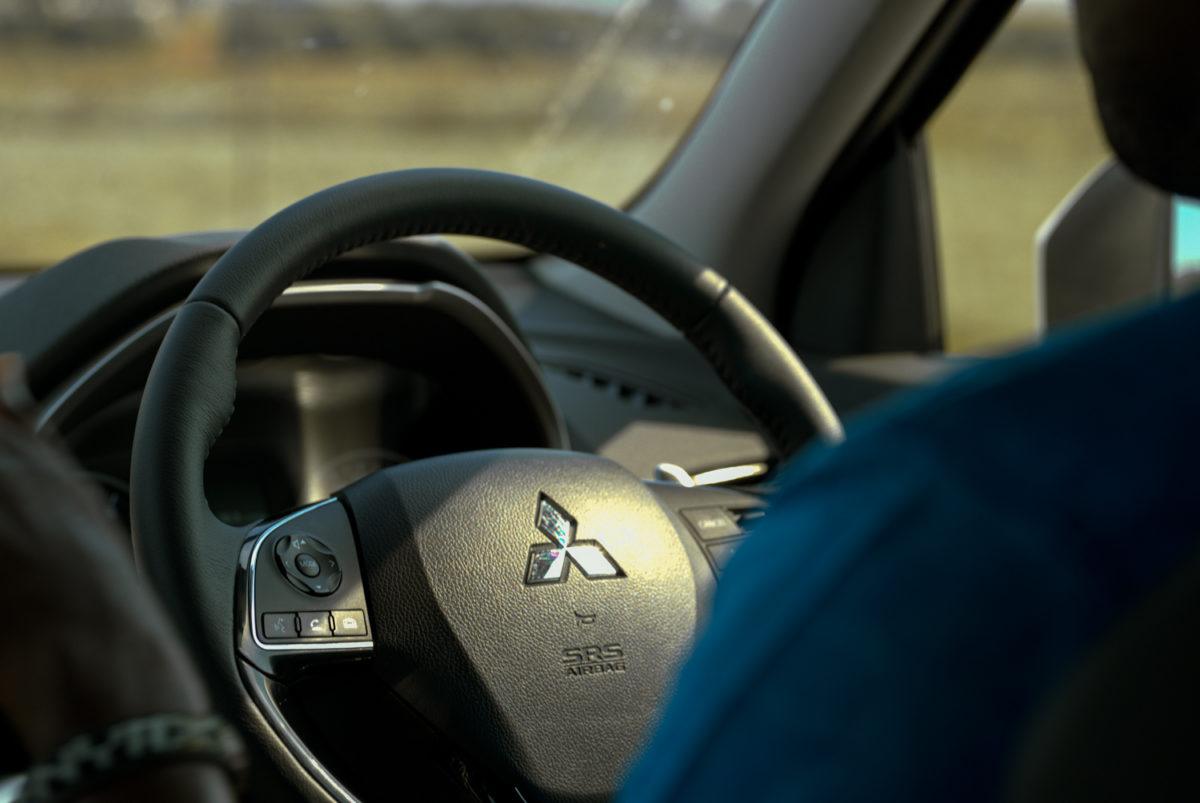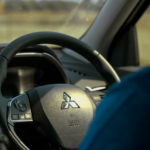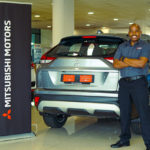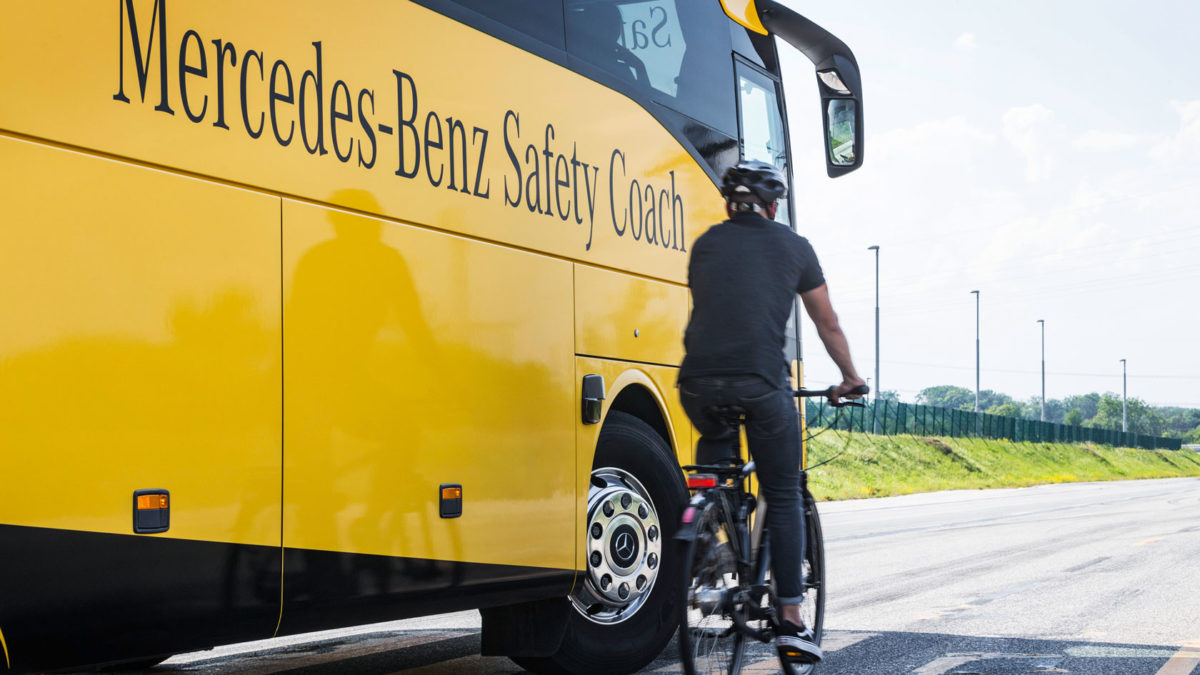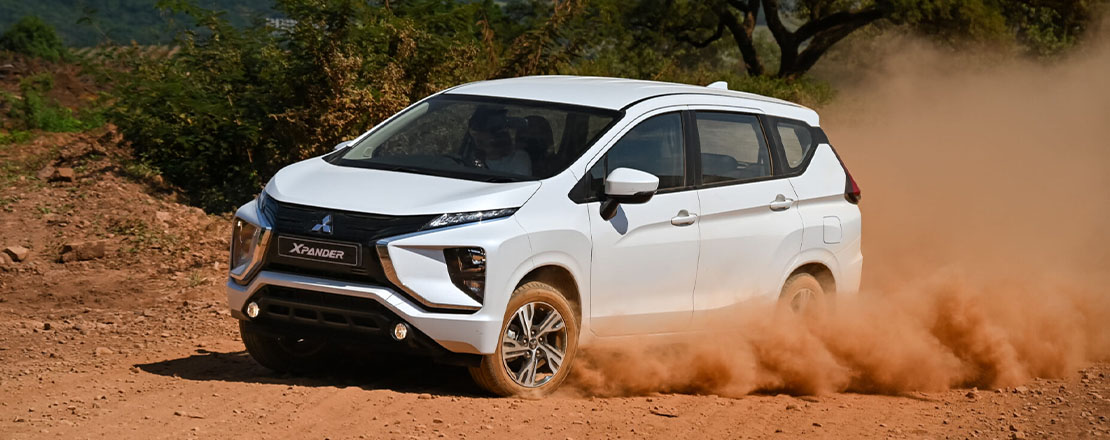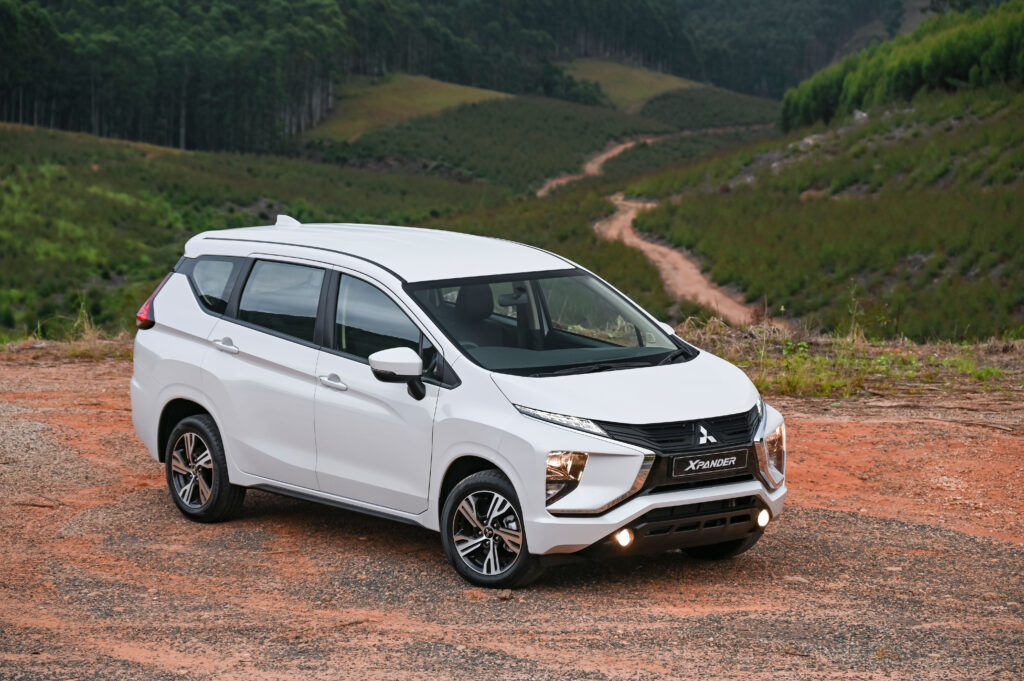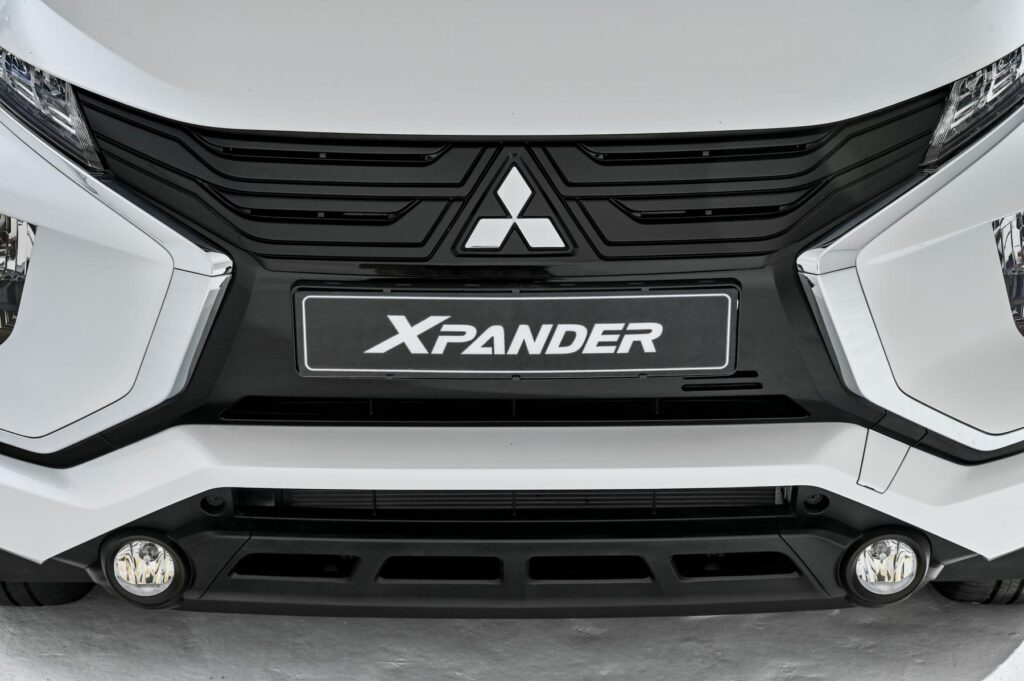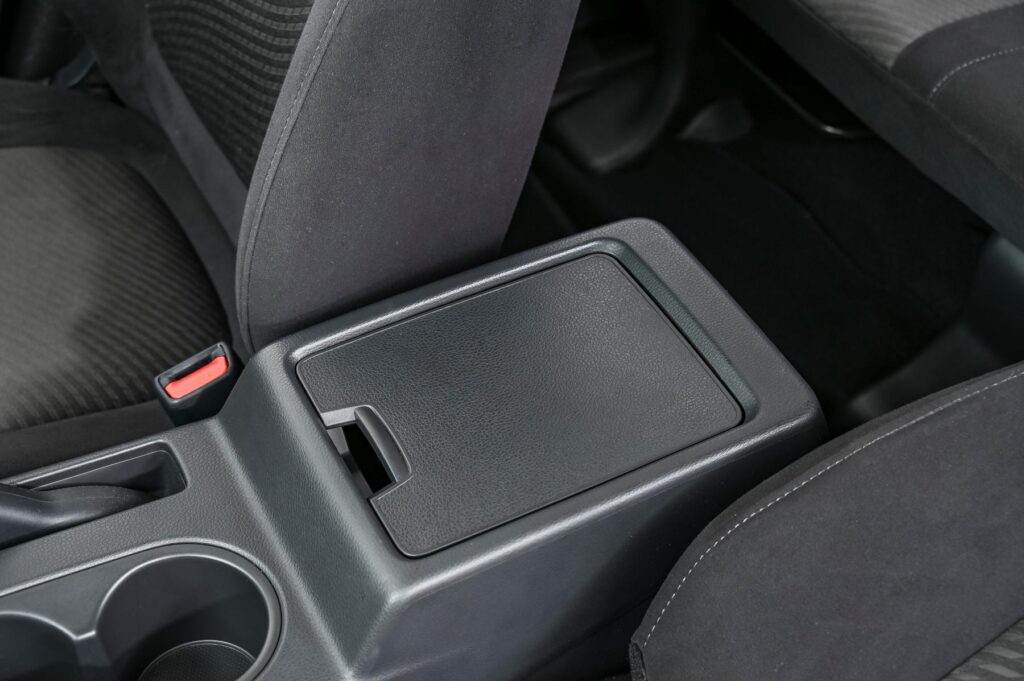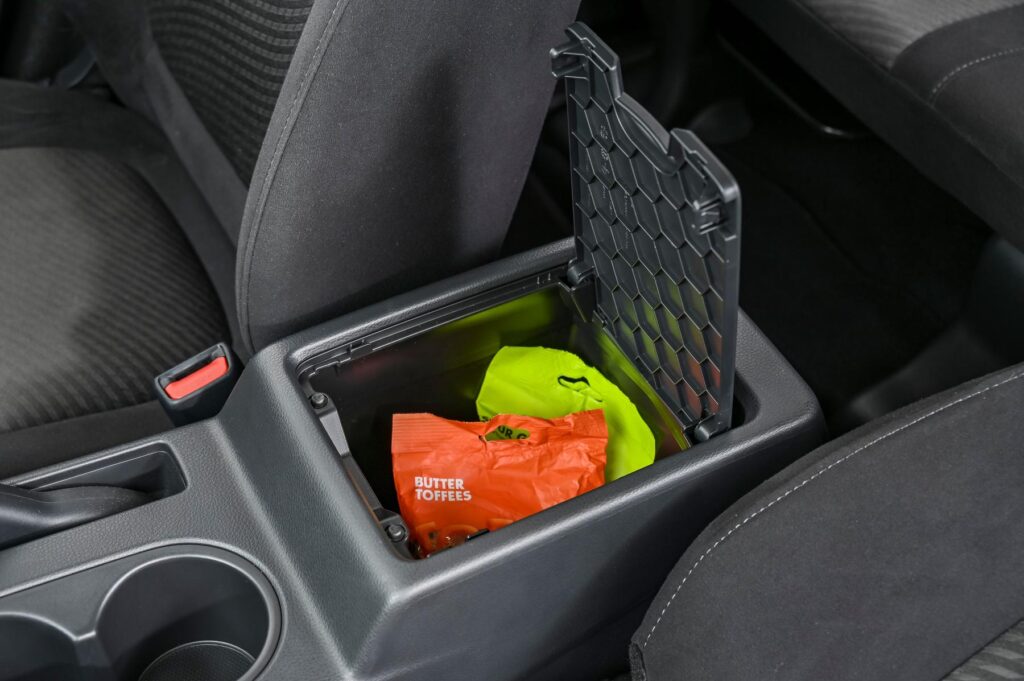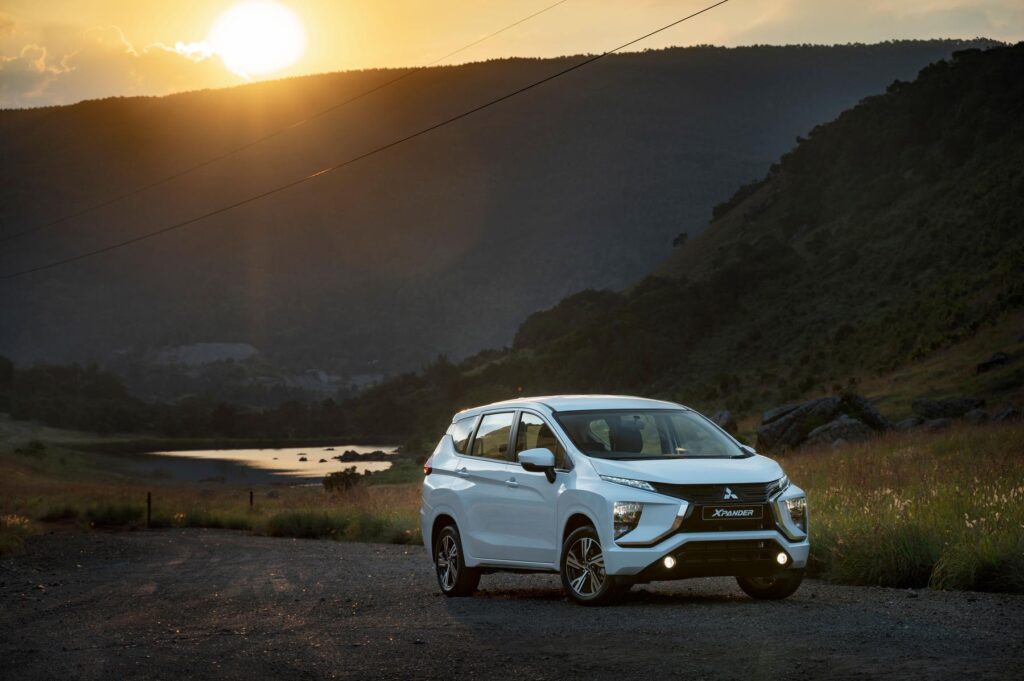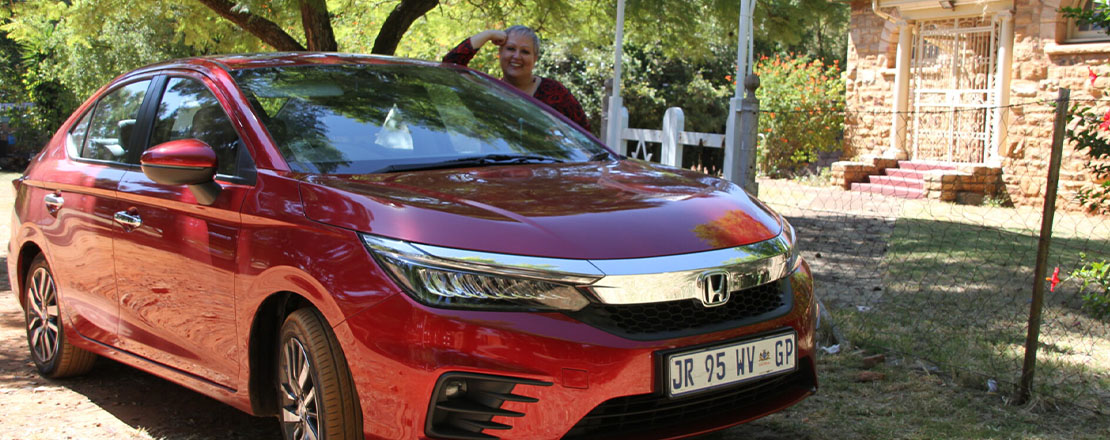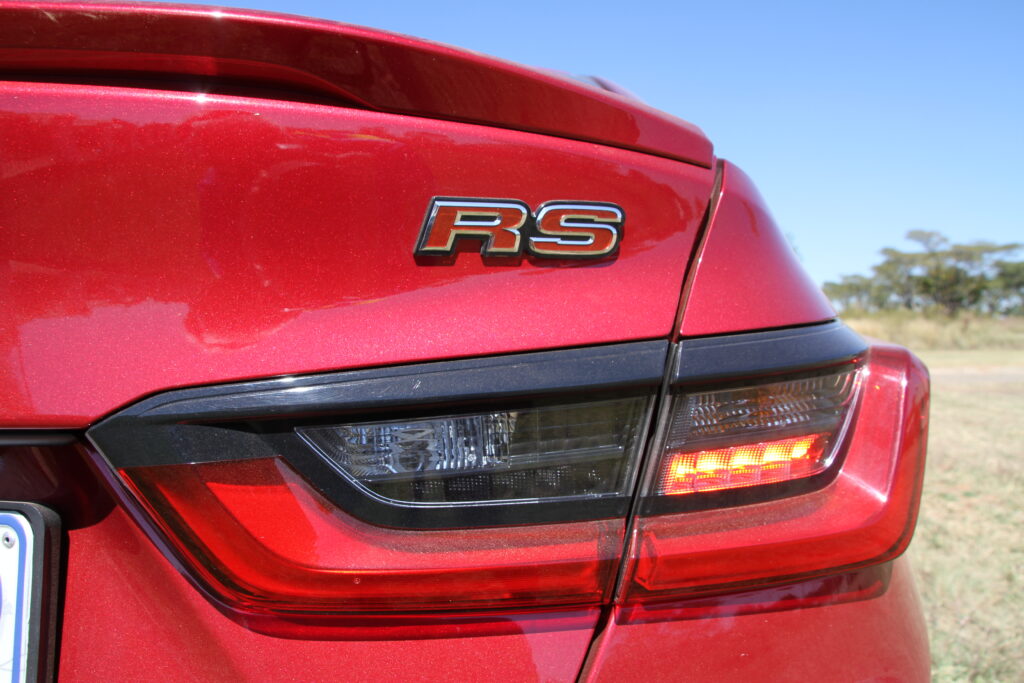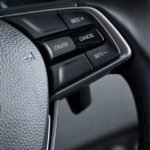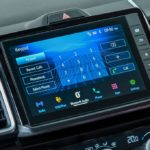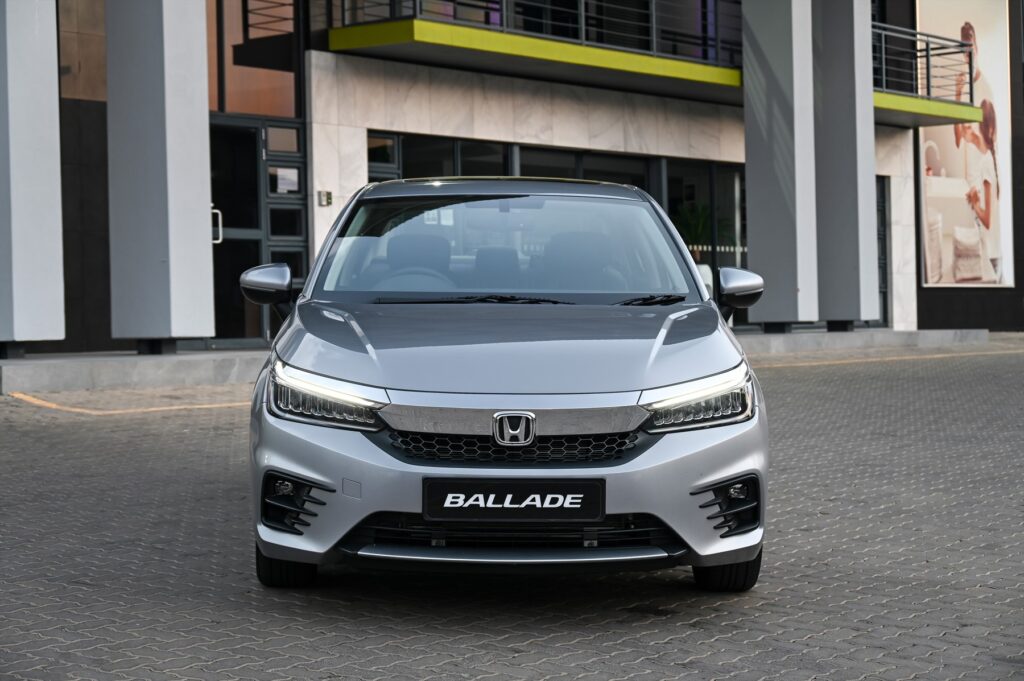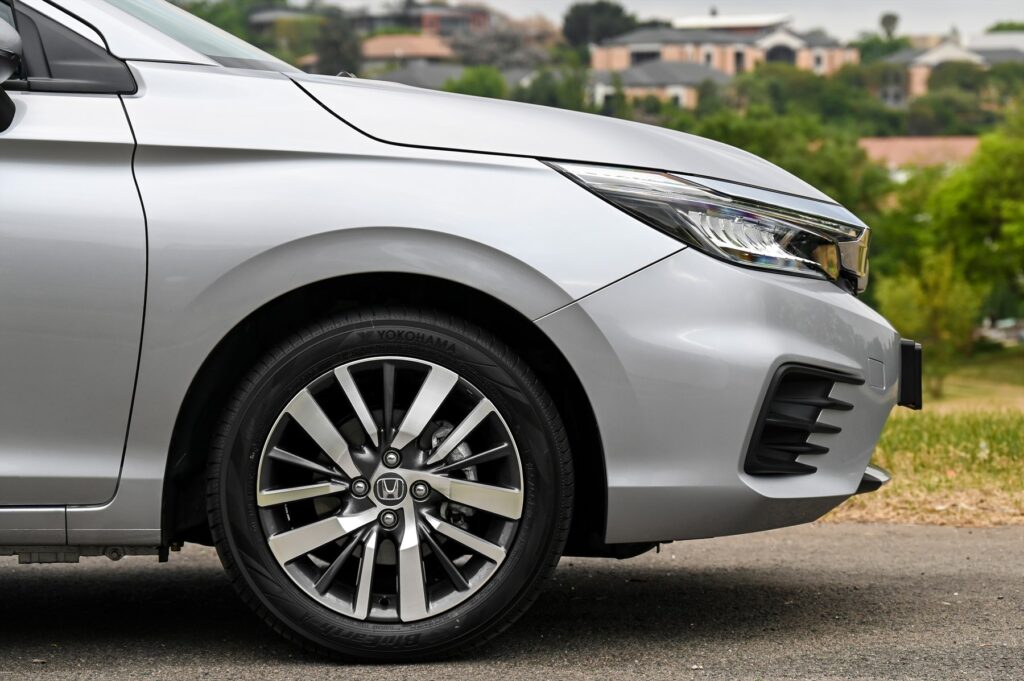I was over the moon when receiving my invitation to sample the new range of big rigs from Volvo Trucks but was even more excited about meeting Volvo’s Iron Women, the company’s newly trained female truck drivers.
For the longest time, trucks have been as much a part of my DNA as have cars and motorcycles. My fascination with big rigs began when I first heard the blare of a heavy hauler’s horn. Till date, that sound makes me giggle almost uncontrollably and even when I go on a motorcycle ride, I almost always signal to truckers to blare their horn; much to their delight.
Up till the day of the Volvo FH series launch I had never been inside a Volvo truck. I was more familiar with the Swedish company’s competitor products and I was keen to see how Volvo measured up from a safety, environmentally friendly and ease of driving point of view.
As the day of the launch drew closer, I prioritized doing a bit of research. I wasn’t about to turn up at a launch without knowing as much as I could about the products of honour! I discovered that the first Volvo truck was produced in 1928, since then, the Swedish Truck company has grown to become the largest producer of heavy duty trucks in Europe.
The Volvo FH series being unveiled to the South African trucking media was in a new product cycle with the previous generation trucks having been revealed in October 2013. At that stage, the company had introduced eight model variants some of which were set to be assembled at Volvo’s Truck plant in Durban.
After completing registration and the necessary COVID regulations on launch day, I settled down for the business presentation which highlighted the selling points of Volvo’s four new heavy duty vehicles – the Volvo FH, Volvo FH16, Volvo FM and Volvo FMX.
Volvo FH and Flagship FH16
My heart was sold on the FH and FH16 trucks. These are the big boys of the range and the ones I wanted to drive or at least, be a passenger in, seeing as my learners’ license didn’t qualify me to get behind the wheel.
The Volvo FH and FH16 are similar in design. The FH16 is the company’s sexy flagship long haul truck and accounts for approximately three-quarters of Volvo Trucks sales. It has been crowned International Truck of the Year three times and for a good reason.
The unmistakeable shape of the imposing new Volvo FH and FH16 cabs are smooth around the edges, giving the truck a powerful and aerodynamic look. Most striking are the characteristic V-shaped LED daytime running lights. These are available in three different versions; one based on halogen technology and the other two based on LED technology. The iconic headlamps not only give the FH and FH16 their iconic expression, but the lamps are technologically designed to make visibility in day and night time driving easier and safe.
The distinctive lines of the headlamp sweep effortlessly to blend with the cab’s shape before continuing around the front corner and extending along the cab sides. The Volvo FH16 grille has a silver finish and the overall design of the truck demands attention both when standing still and in full stride.
Driver-friendly and jam-packed with innovative safety features aimed at protecting its occupants and other road users, the mighty FH16 is equipped with a six-cylinder, 16-litre in-line diesel engine that produces 410kW/2500Nm or 610kW/2800Nm. It is fitted with an electronically controlled Brake System (EBS) which is a requirement for safety features such as Forward Collision Warning and Electronic Stability Control.
As I was not permitted to put my foot on the pedal of either FH or FH16 truck, I had to be content with being a passenger – which in itself was quite an experience. My first challenge was getting into the cabin. Standing just shy of 4-meters tall, my 1,56-meter frame was dwarfed by the height of the FH truck I had opted to ride in. Fortunately, the entry steps, with aluminium inlays, gave me the leverage I needed to reach the door handle.
All Volvo FH models equipped with a new driver interface
Once inside, I was greeted by Mieky Chabangu, one of the 30 ladies who have completed the Volvo Iron Women truck driver training programme. While getting acquainted with her, I couldn’t help but notice the layout of the interior of the driver’s area. Compared to the models of 2013, the new FH range of trucks have a completely new interface for information and communication, aimed at making it easier to reach and manage different functions. The instrument display is fully digital with a 12-inch screen, making it effortless for the driver to select the information needed at any given time.
Also within comfortable reach of the driver, is a supplementary 9-inch side display available for infotainment, navigation, transport information and camera monitoring. These functions can be controlled via buttons on the steering wheel, voice control, or via the touchscreen and display control panel.
Behind the 2-seater cabin is a comfortable double-bunker sleeping space fitted with single mattresses. I was in awe of the attention to detail Volvo has put into the entire range, but in experiencing the sleeping cabin I had to give the truck designers a slow clap of approval for going above and beyond. To ensure that the driver has the most comfortable sleep possible, the beds can be adjusted (for instance, to compensate for the truck being parked on a slope), meaning there is little to no chance of even the most restless of drivers rolling out of bed. I felt that was really thoughtful given the conditions some truck drivers find themselves in. All I could say was wow… just wow.
Taking a drive in the FH
Mieky fired up the engine and slowly but confidently rolled her rig out of its parking bay, pointing it towards the main road. She shared how the Iron Women truck driver training course had changed her life and that of her family, allowing her to earn a dignified income while inspiring other women to follow suite. She also talked about something I already knew and am passionate about; being that there are too few women in the trucking industry. That said, we both acknowledged that it is not an easy environment to be in.
“Our male counterparts are generally not happy about seeing female truck drivers so one has to have a thick skin. Fortunately I have a very supportive husband and family so not much gets to me. Furthermore, our trucks are digitally connected so we have access to assistance at any given time. As a company, Volvo Trucks is very cognisant of our safety and well-being and for that I am extremely grateful,” she added.
Between you and me, the drive along the open road in the Muldersdrift area was probably the longest ride of my life and if you know anything about me, you know that I like my engines with more than just a bit of vooma! Understandably, long-haul trucks are not designed to get you anywhere in a hurry so I used the time to inspect the cabin more thoroughly.
The most satisfying aspect of the FH (and others in the range) is that both driver and passenger have air suspension seats, making the ride extremely comfortable as one does not feel the jarring pain of an unevenly surfaced road.
As Mieky and I continued to chat, I noticed that although she steered the FH quite gracefully there is no getting around the fact that a truck needs quite a wide berth to turn and both hands are needed to manoeuver it. For those who are in the habit of using a mobile phone while driving, trucking is not for you; and for motorists who don’t remember the K53 rules – this is why you sometimes have to reverse or swing your ride to the side in order to give a big rig space to safely turn.
Most notable highlights within new Volvo Trucks range
I couldn’t help but notice how quiet the interior of the cab was. Mieky explained that the cab had been manufactured with reinforced insulation resulting in a drastic reduction in exterior noise permeating into the cab. I found this quite extraordinary given that I’ve test driven cars whose insulation was so poor that one could not have the aircon and radio on and have a conversation at normal voice levels, all at the same time; one had to choose between the three!
In case you are wondering, it is quite possible to stand up straight in the cabin of an FH and FH16; and that’s not unique to those of my height. To me this means a driver can get up and stretch her legs while waiting in a queue at, let’s say a toll gate at the start or end of a public holiday – without getting out of the truck.
Also, there are many storage compartments within the FH and FH16 and I got to wondering if the overall designer of the range was not a woman! The storage space sizes range from being big enough to ‘consume a fully-loaded handbag’ to smaller trays for other little ‘thingamajigs’.
The truck’s gear lever design and placement is probably one of the range’s most remarkable features. It is located next to the driver’s seat as if part of the seat itself and not on the steering column or on the floor of the cabin. This gives the interior of the truck a feeling of spaciousness and my mind went to all that I have read about fung shui, (the Chinese system of laws considered to govern spatial arrangement and orientation in relation to the flow of (chi) energy). Perhaps it is the positive chi within the FH range of trucks which make them feel so inviting and easy to drive.
Verdict
I walked away from the Volvo FH series launch determined to proceed with my truck driver’s license. Inspired by the ladies who had completed the Iron Women truck driver training course and having experienced the ease of driving the Swedish long haulers I resolved that it was time to complete my trilogy of licenses – car, motorcycle and 22-wheels.
The comfort, ergonomics, manoeuvrability, safety and visibility aspects of the Volvo FH range should be key factors for any fleet manager or person entering the trucking sector. Given our country’s alarmingly high accident rate in general and crash statistics involving trucks I would much rather drive or ride in the vicinity of a Volvo truck than any other. And should you notice that it is a female driver, I encourage you to give her a thumbs up as you make your way safely around her truck.
